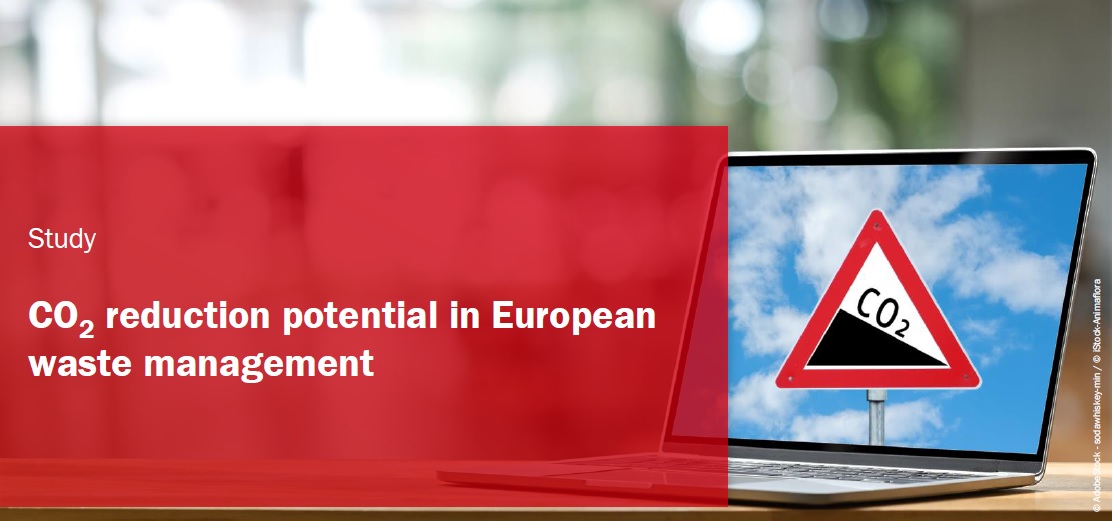Carrying out this research, based on official data for waste generated in the EU27 and the UK in 2018, were the European Waste Management Association (FEAD), the Confederation of European Waste-to-Energy Plants (CEWEP), the RDF Industry Group, and the Dutch Waste Management Association (DWMA). Together, they fully represent the entire waste management chain, from collection to recycling, recovery and disposal.
Specifically, the study focused on nine specific waste streams and residual waste. Together, they amount to 505 million tonnes of waste, equivalent to around 20% of the waste generated annually within the EU. The study analysed current management performance and the recycling and landfill targets in the EU27 and the UK over the next 20 years, modelling two projections. The following types of waste were considered: paper, glass, plastic, ferrous metals, aluminium, wood, textiles, waste tyres, biowaste and residual waste/WDF (non-separately collected waste and waste treatment rejects/waste-derived fuel).
In 2018 the waste industry was virtually CO2 neutral for the above-mentioned waste streams, with just 13 million tonnes CO2eq net emissions per year, a figure that takes into account CO2 savings in the manufacturing sector resulting from the use of waste-derived materials and energy.
The potential for avoided CO2 emissions in both the projections modelled by the study is truly impressive. In the first case (projection 1), by successfully applying current waste legislation, CO2 reduction potential is calculated to reach -137 Mt CO2eq, offering a net saving of 150 Mt CO2eq. The second, more ambitious, scenario (projection 2) would result in a potential net emission reduction of -283 Mt CO2eq, with a saving of 296 Mt CO2eq. These results take into account CO2 emission savings in the manufacturing and energy sectors deriving from a greater use of recycled materials and waste-to-energy instead of virgin materials and fossil fuels.
The document offers a concrete order of magnitude for understanding the figures, demonstrating that, in projection 1, the net CO2 reduction potential represents nearly half of the emissions of Spain in 2019, while in projection 2 it represents three-quarters of those of Poland in the same year.
Efficient waste management therefore offers enormous potential in helping the EU reach its climate neutrality targets, provided it is successful in fully applying current legislation and establishing positive taxonomy rules for the energy recovery of residual waste and efficient rules for intra-EU waste shipment.
>> Download the study
News

Scenarios
A STUDY ON CO2 REDUCTION POTENTIAL BY THE EUROPEAN WASTE MANAGEMENT SECTOR
16 February 2022

Four European waste management associations have carried out a joint study for the first time on the potential for avoidable CO2 emissions along the entire waste management chain within the EU economy. This document stems from the ambition to quantify the sector’s potential contribution in the fight against climate change, in line with the European objective to reach carbon neutrality by 2050, set up with the launch of the European Climate Law (EU Regulation EU 2021/1119) and with the European Green Deal and Circular Economy action plan.











